
Marketing automation is no longer a passing trend.
And although some still might be skeptical of what automation is truly capable of, businesses en masse are already leveraging it to 10x their growth.
In this guide, we’ll break down everything you need to know about marketing automation and accelerating your business’s growth.
What is Marketing Automation?
Let’s kick things off with a definition.
Marketing automation is the use of software and tools to automate marketing tasks. This includes the execution of workflows and processes that learn the behavior of customers over time.
The end-goal of marketing automation is simple — streamline your time-consuming marketing tasks and eliminate some of your most tedious ones outright. Some tasks that can be tackled by automation include:
- Lead generation and nurturing
- Customer messaging and follow-ups
- Scheduling and publishing content
- Data entry
- Prospecting research
- Responding to customer queries
Although automation is sometimes treated as pie-in-the-sky, the fact remains that 75% of B2B companies already invest in some form of automation.
Chatbots. Email drip campaigns. Social scheduling.
These are all basic forms of marketing automation that have become commonplace for businesses both big and small. As modern tools are becoming more user-friendly with less of a learning curve, getting started is easier than ever.
How Does Marketing Automation Work?
Much of what makes most marketing automation tools “tick” happens behind-the-scenes via machine learning.
Translation? Automation software is capable of “learning” customer behaviors and preferences, making decisions based on how a lead or customer acts.
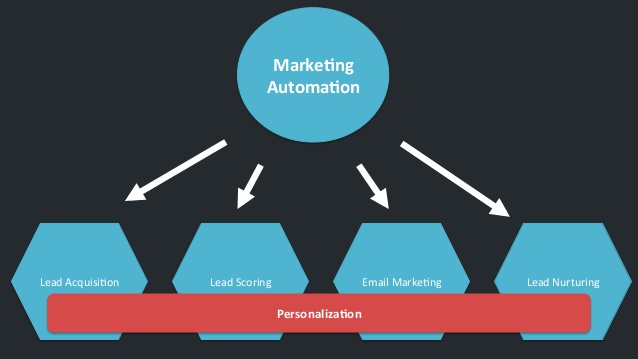
For example, presenting a specific ad to a prospect who looked at a similar product on-site or sending an email at a particular time because that’s when your list is most engaged,
Marketing automation tools do the heavy lifting of both carrying out tasks and making decisions based on logic. That said, humans obviously play a huge role in what tasks are automated and how they leverage their automation tools.
And so while there’s a ton that automation can do, putting any sort of process on autopilot requires setup and monitoring from a flesh-and-blood marketer.
How Does Marketing Automation Help Marketers?
Let’s take a look at some of the most notable marketing automation benefits which explain why so many businesses are hopping on board now.
Marketing Automation Saves Time and Improving Efficiency
This is the big one. Research from Nucleus Research notes that businesses investing in automation are 20% more productive than those that don’t.
No surprises here, though. When you’re able to eliminate or cut down on nagging tasks related to marketing, your team’s time can be better spent elsewhere.
Marketing Automation Expands Your Pipeline and Increases Customer Capacity
On a related note, freeing up your team’s time goes hand in hand with increasing your speed to lead and overall ability to handle customers.
From growing your pipeline to moving more people through your funnel, marketing automation enables you to create processes that move leads from Point A to Point B faster.
Marketing Automation Eliminates Annoying and Repetitive Tasks That Bog Down Your Team
If your team is bogged down with annoying tasks, they’re not spending time doing what they’re good at.
Likewise, they’re probably really stressed out.
Food for thought: the average salesperson spends approximately 17% of their day doing data entry. Couple that with the common knowledge that many sales professionals only spend one-third of their time actually selling.
The takeaway here is that automation is capable of taking tasks off your employees’ plates that are likely their most tedious and dreaded. Doing so is good for both morale and productivity.
7 Marketing Automation Examples (and How They Work)
Now that we’ve broken down the benefits, let’s look at some real-world examples of automation in action. Any combination of the following seven tools is fair game for putting your business’ time-consuming tasks on autopilot.
1. Chatbots
Despite some naysayers, chatbots have become incredibly popular. It’s hard to visit a SaaS company site without running into one these days.
That’s because speed matters to customers.
Consider that half of consumers prefer to speak to a chatbot versus a human if it means getting their question or concern dealt with ASAP.
Chatbots provide an immediacy that humans have a tough time replicating, especially if you don’t have reps available around-the-clock.
Check out this Intercom bot on Copper’s homepage, providing a speedy back-and-forth that actually emulates a real conversion.
The bot’s responses feel like something a human would write, meanwhile the provided prompts enable visitors to get their questions answered in no time flat.

Many bots present links and can also route visitors to actual reps if need be.
This is a great example of how automation can engage leads and prospects in a meaningful way that people otherwise couldn’t.
2. Social Media Scheduling
Social media is integral to businesses looking to nurture leads and attract top-of-the-funnel prospects.
That said, social media is undeniably time-consuming. Case-in-point, it’s a brilliant piece of your marketing strategy to partially automate.
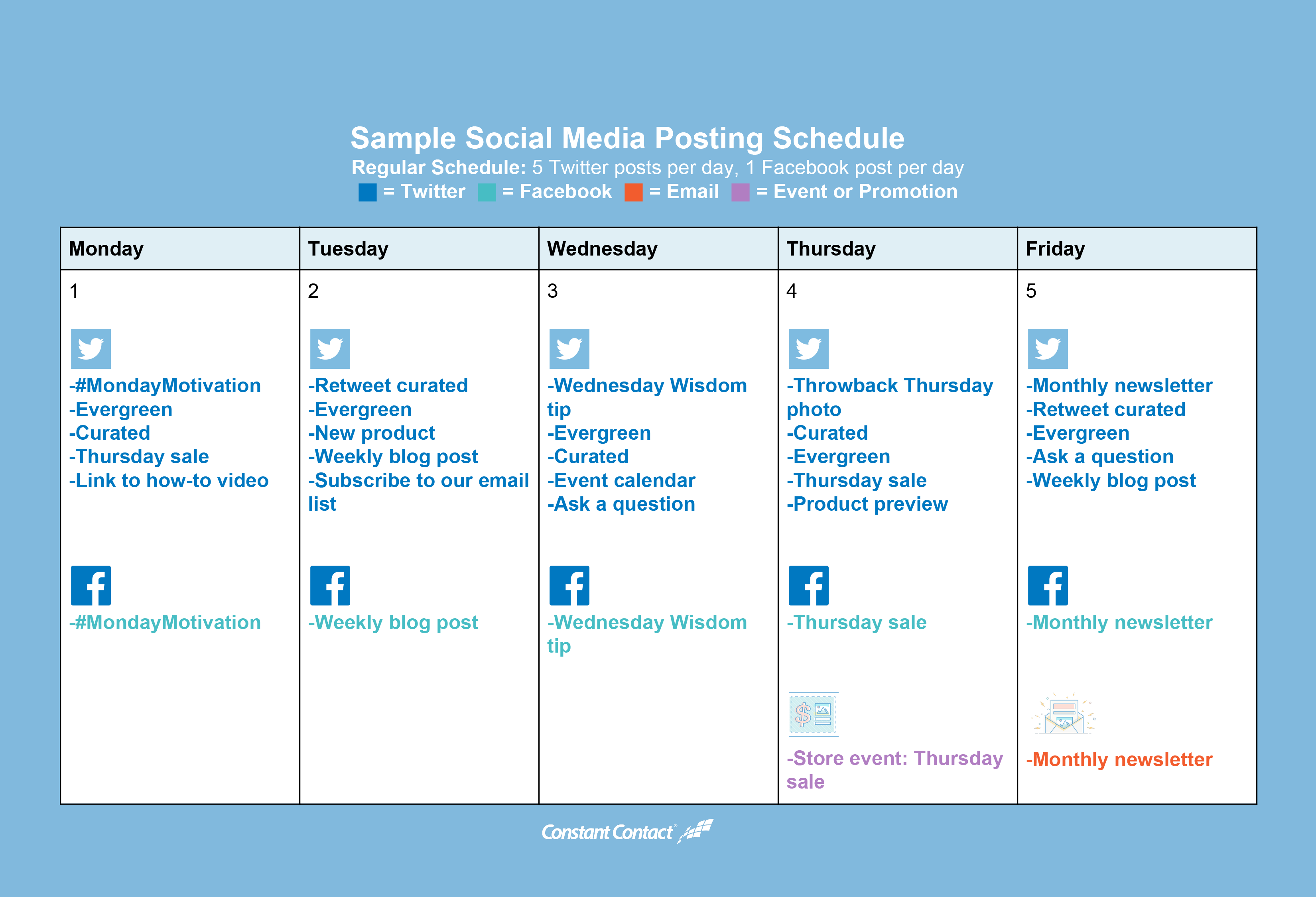
For example, demand generation tools such as Sprout Social, Buffer, and Hootsuite allow you to queue up your social posts for future scheduling.
Although this might not be automation per se, additional features such as the platform’s “ViralPost” feature allow you to automatically publish content based on “optimal” timing.
This is achieved by the platform learning when your specific followers are most likely to be online and engaged.
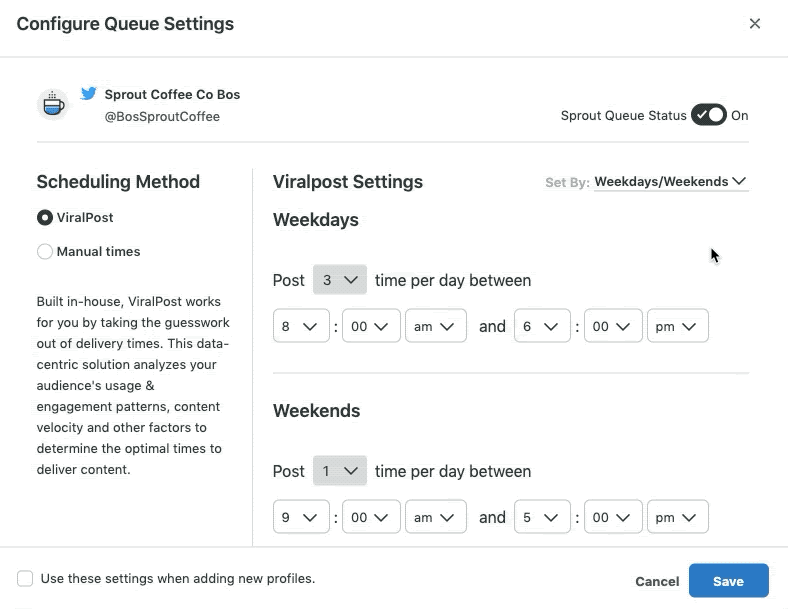
Additional features such as the ability to automate messages and curate social content are also massive time-savers for social media.
When we consider that most businesses are juggling multiple social platforms, leaving these sort of tasks to automation tools can be a game-changer.
3. Behavior-Based Email Campaigns
Email drip campaigns and autoresponders are common forms of automation that most businesses are likely already using.
However, note that email customers today expect personalized messages and offers based on their buying behavior. Keep in mind that personalized messages result in higher open and engagement rates from subscribers.
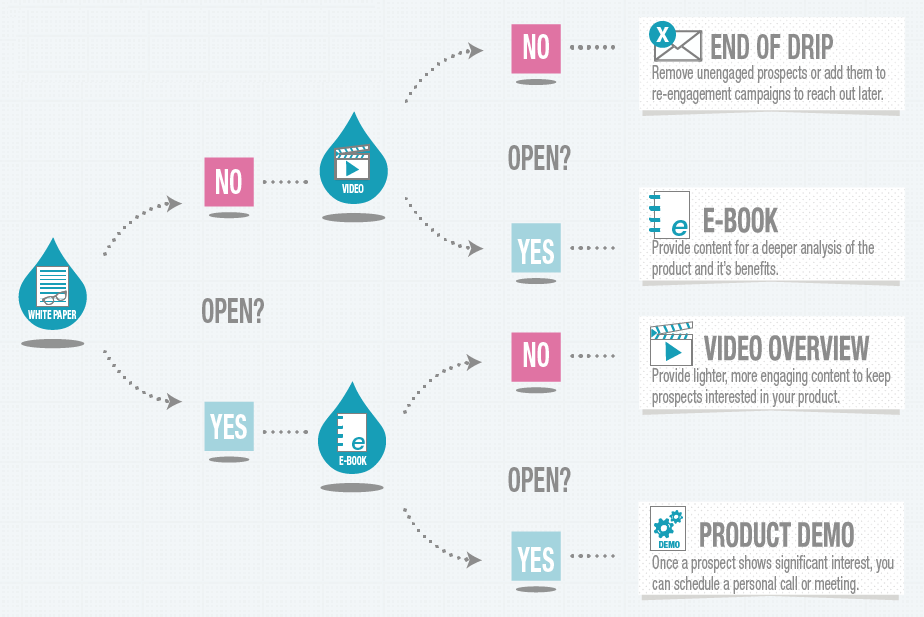
When you’re dealing with a list of thousands of people, automation is key to personalizing offers and messages.
For example, platforms like Klaviyo allow you to set up specific time-based workflows based on your email subscribers’ behavior. You can also send specific offers and cart abandonment messages based on previous purchasing habits (think: money spent, offers purchased, etc).
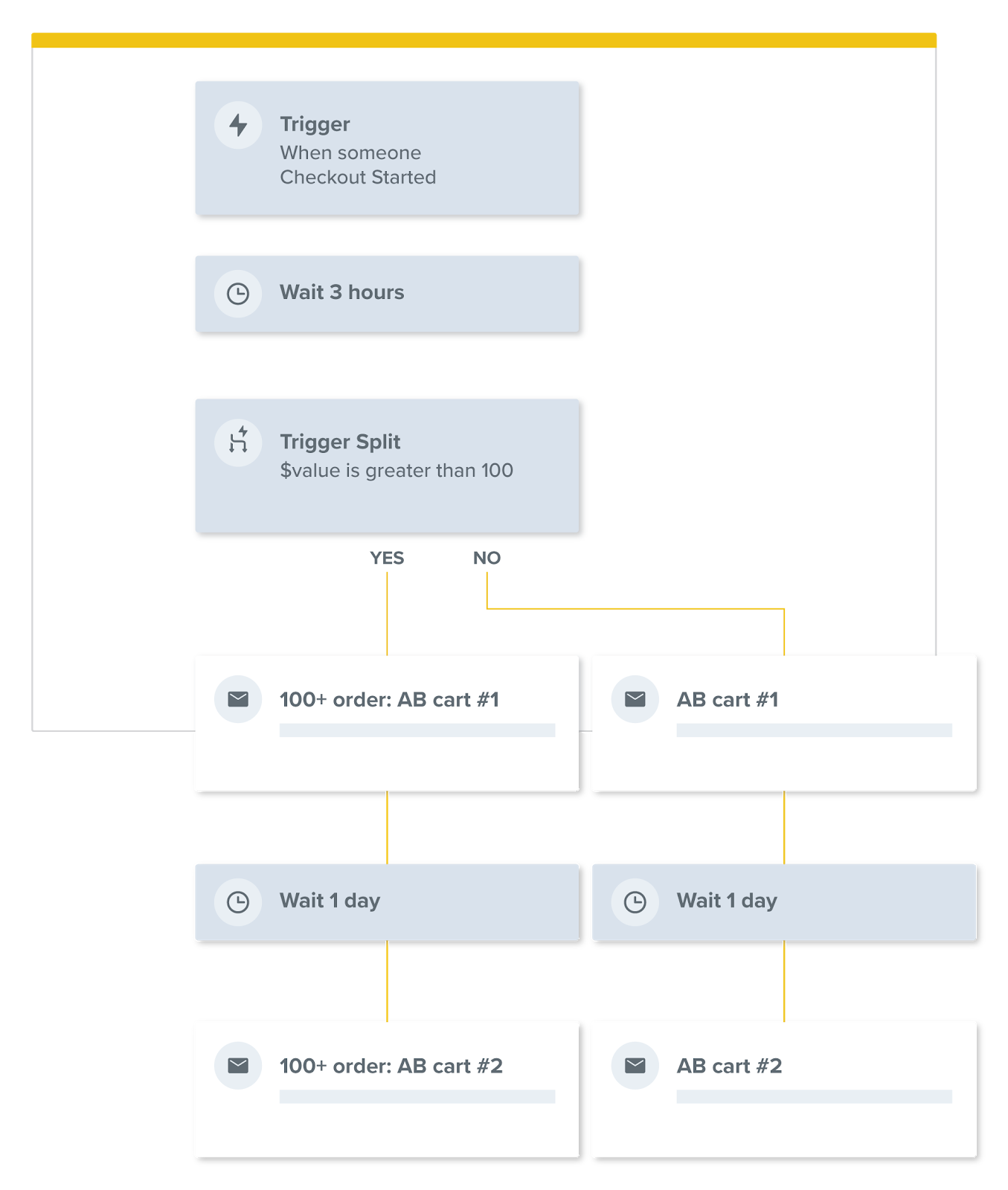
4. Automated Reporting
With so many marketing metrics and KPIs to track, businesses today are drowning in data. This can be daunting if you’re juggling a bunch of different marketing tools in your tech stack.
That’s why investing in reporting automation is a smart move. Platforms such as Klipfolio can consolidate everything from Google Analytics and social media metrics to Salesforce data and beyond in a single dashboard.
Rather than jump between platforms and pull reports, it’s all automatically stored in one place.
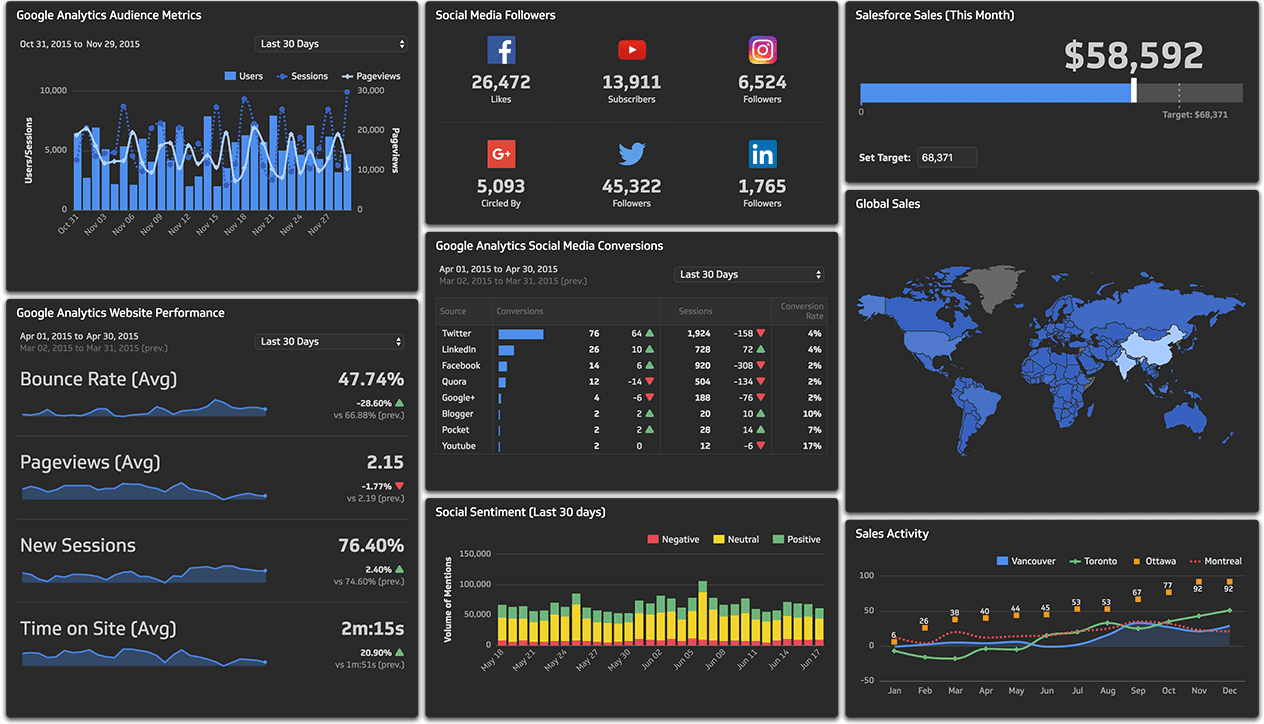
5. Sales Acceleration
Sales and marketing work in tandem, signaling the need to have tools that support both efforts.
For example, inbound scheduling automation allows you to capture and store your leads’ information and book them with a sales rep at the same time. In essence, you reward all of your marketing teams’ hard work by funneling your on-site traffic directly to your sales team.
Based on your specific routing rules, your leads’ and sales reps’ schedules are in-sync without lifting a finger.
6. Lead Enrichment
The more information you have on leads when you capture ‘em, the better.
Lead enrichment platforms like Clearbit help provide a more comprehensive view of your leads without having to do any sort of manual research.
As soon as someone enters their email in a lead capture form, Clearbit populates 100+ attributes (think: company size, role) which then appear in Salesforce. This yet another example of how marketing automation frees up your schedule significantly.
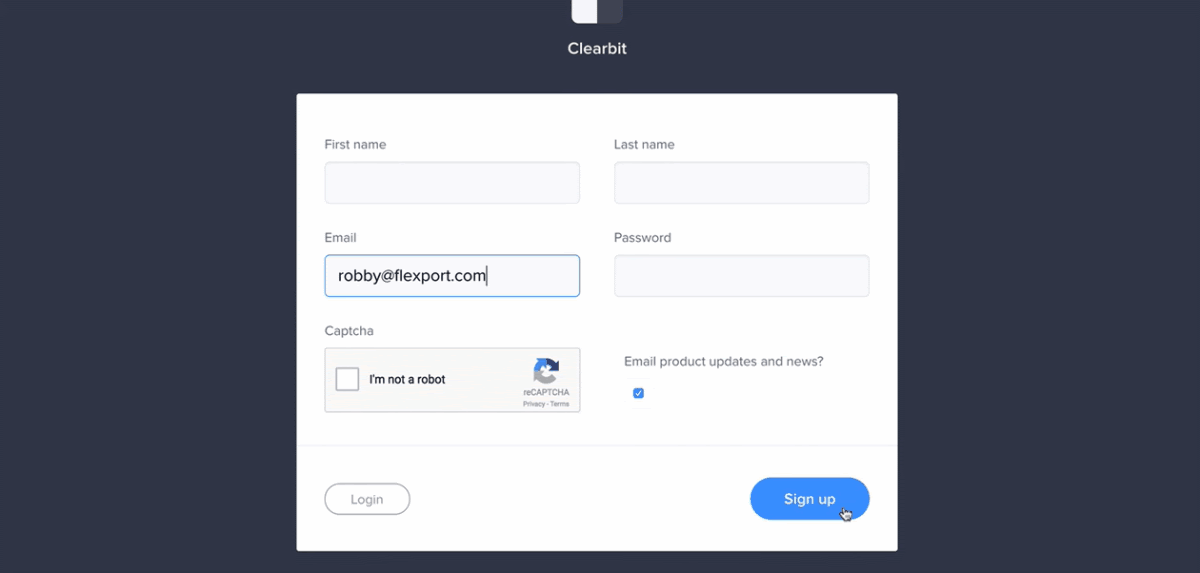
7. CRM
Remember what we said earlier about time-consuming data entry? With a CRM, you can store all of your leads and customers’ information in a single platform without having to type it in yourself.
A must-have for B2B lead generation, your CRM essentially provides an overview of your customers and their history as they interact with your business.
Both automatic and manual logging help create a more complete view of your customers and their personalities. This results in better service, relevant recommendations, and timely follow-up.
Here’s what an interaction looks like in HubSpot CRM, for reference:
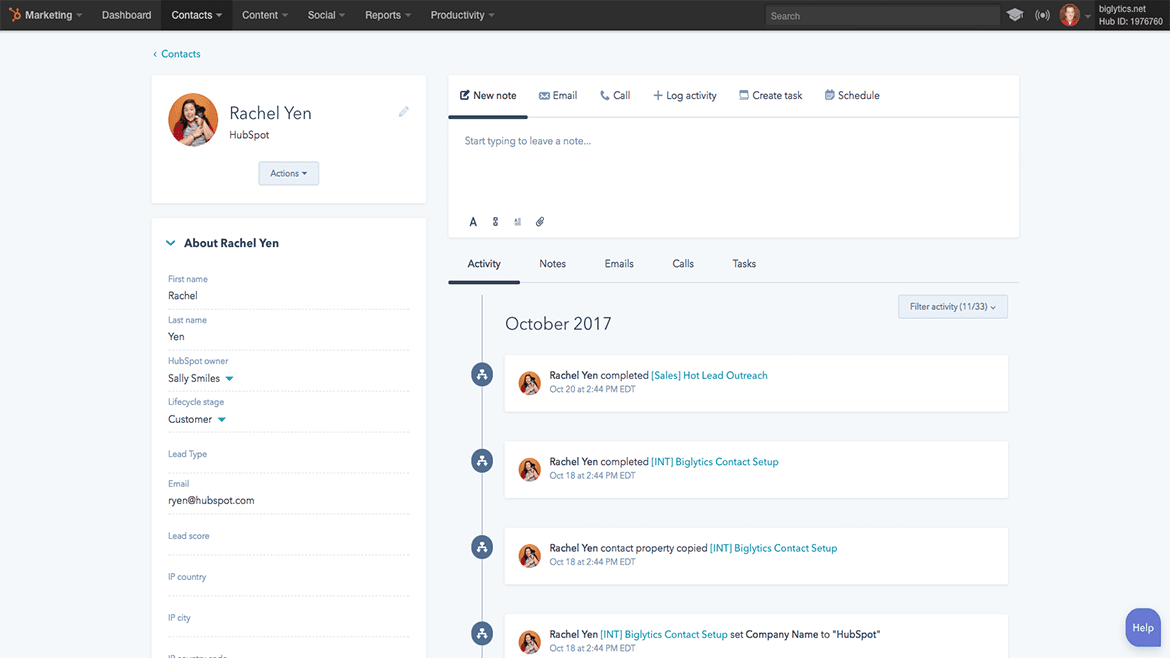
Is Salesforce a Marketing Automation Tool?
This is another great question and the answer depends on how you use Salesforce.
For example, marketing automation tools can be used in conjunction with Salesforce CRM to gather more information about leads and market to them more effectively.
Here’s a video that breaks the subject down in a bit more detail:
As noted by Salesforce themselves, marketing automation is ideal for collecting customer data, streamlining segmentation, and tailoring messages to customers.
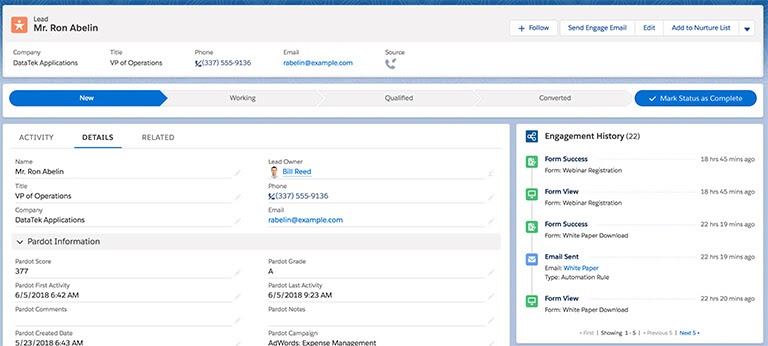
If you’re already using Salesforce, note that many marketing automation tools integrate with the platform.
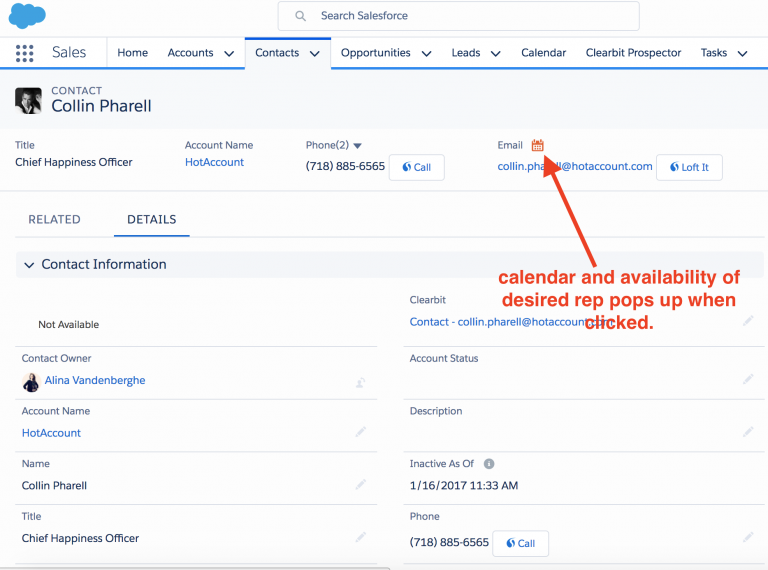
What’s the Cost of Marketing Automation?
It really depends on your business’ size and scope, and of course what kind of existing processes or software you have in place.
That said, there are free marketing automation tools out there.
For example, the free version of MailChimp includes automation features such as autoresponders and cart abandonment emails. HubSpot’s CRM likewise has a free platform option.
Such tools are probably more appropriate for smaller, up-and-coming businesses, but showcase that marketing automation is more accessible than ever.
If you’re curious about a specific tool, consider trying out some demos or paying month-to-month for a service in order to test the waters.
Why Does Marketing Automation Sometimes Fail?
Bear in mind that marketing automation isn’t totally foolproof.
However, this is kind of a no-brainer. You can’t just expect to invest in a bunch of tools and walk away.
Sure, some critics are rightfully skeptical of automation. The tools and data above prove that it’s worthwhile for marketers who understand how to make the most of their software.
Perhaps the most common reason marketing automation fails is because it wasn’t set up with a human touch.
For example, processes need to make sense based on the behavior of your actual customers. Automated messages need to sound like they’re coming from an actual person and not a robot.
Of course, there’s also the issue of unrealistic expectations. Automation can do a lot, but it can’t do it all. If factors such as your messaging, positioning, or pricing are off-base, automation tools aren’t going to fix those issues.
Heck, some marketers simply don’t know why they’re investing in automation in the first place. Without specific metrics, KPIs, and goals in mind, you’re not going to see an ROI from your efforts.
So, Should My Business Use Marketing Automation Tools?
Most likely, the answer is a resounding “yes.”
Given the wealth of tools available, finding automation opportunities within your budget is possible for most businesses.
And there is no “right” way to get started. That said, this simple three-point framework can help:
- Talk to your marketing team and assess where they’re losing time and productivity (likewise, look at your dashboards and metrics).
- Look at your existing marketing stack and see where there are opportunities to consolidate or integrate automation tools like the ones above.
- Establish goals and KPIs based on your business related to automation and assess which tools can make it happen.
And that’s marketing automation in a nutshell!
Originally published here.